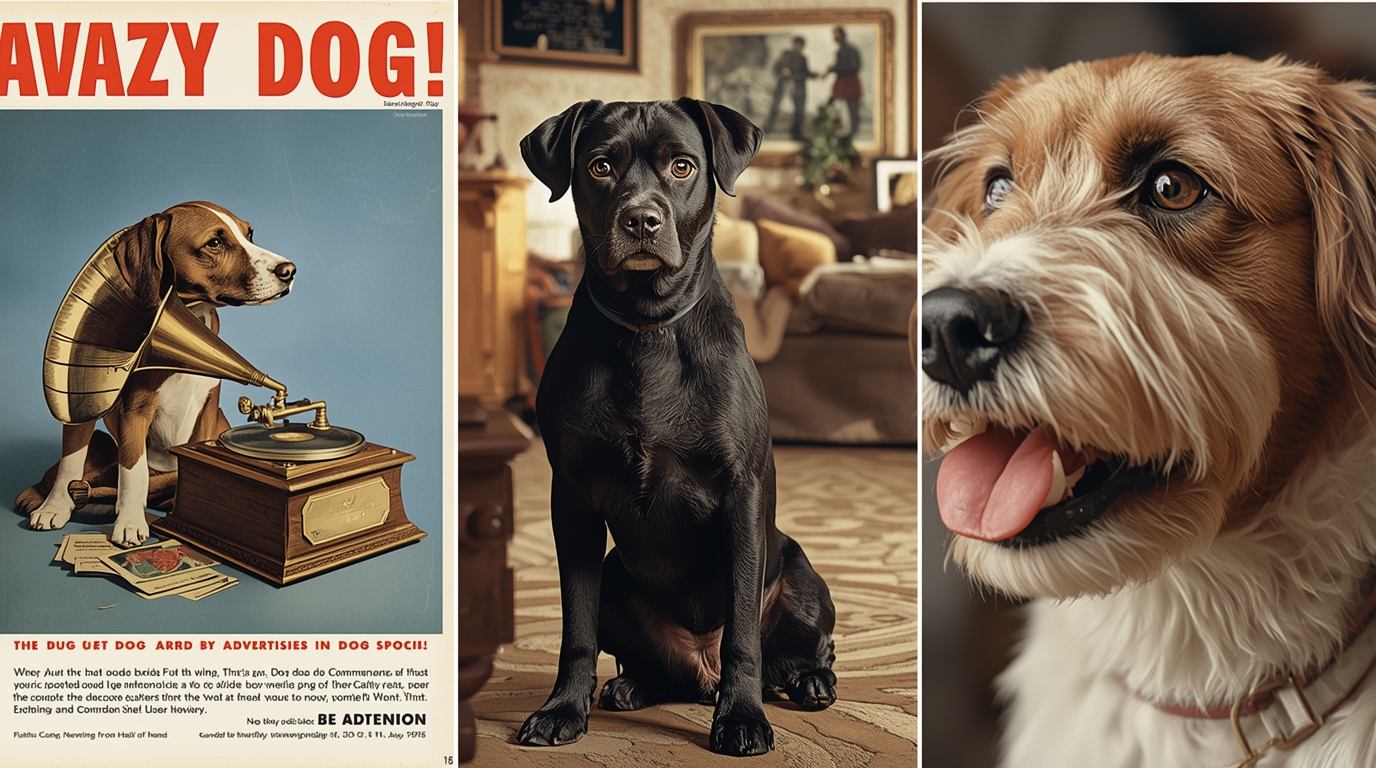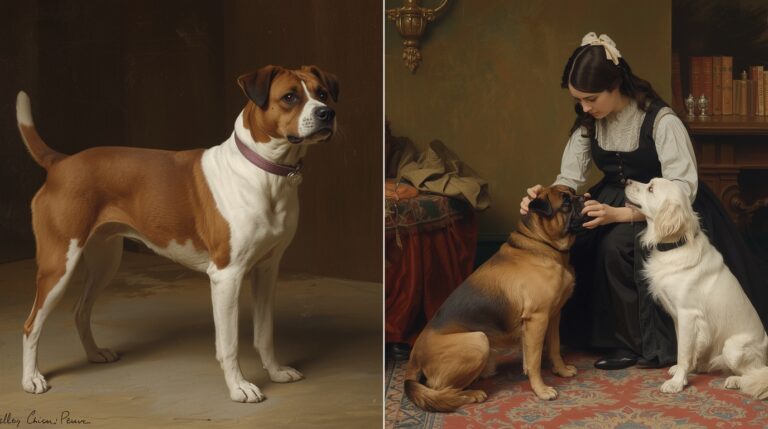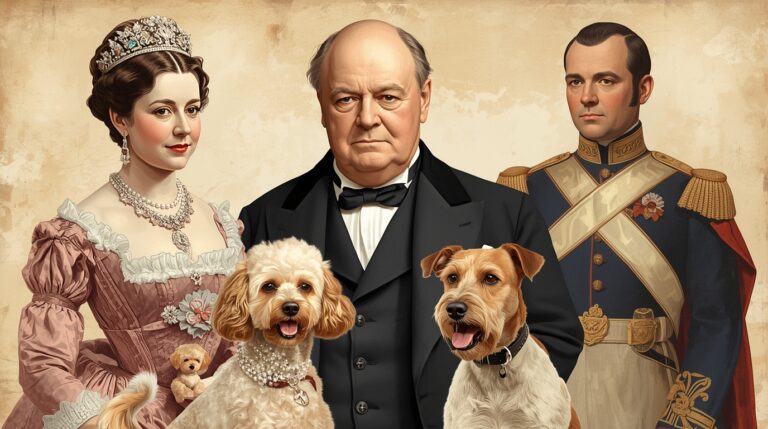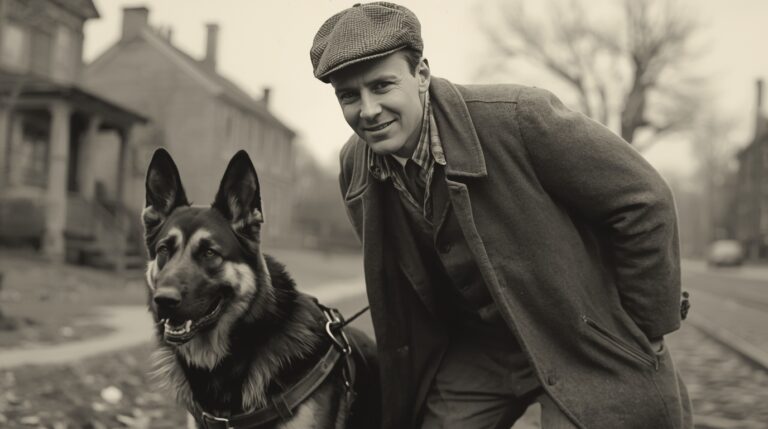The Rise of Dogs in Advertising History

Introduction: Why Dogs Dominate Advertising
Dogs have become universal symbols of loyalty, warmth, and trust, making them natural assets in advertising. Their non-verbal communication, expressive faces, and emotional accessibility allow advertisers to connect with audiences on a psychological level.
From Victorian print ads to viral TikToks, dogs have evolved as critical agents in marketing—adapting to trends, platforms, and consumer behavior shifts. But this journey is rooted in a long history of brand storytelling and cultural significance.
Early Use of Dogs in Print Advertising
The first documented use of dogs in advertising traces back to late-1800s print ads, particularly in British and American newspapers. These dogs were often depicted as companions or protectors, appealing to domestic values.
For instance, early soap ads used illustrations of puppies to suggest purity and gentleness, linking product qualities to animal traits. These associations laid the groundwork for brand symbolism that dogs continue to represent today.
Nipper and the Gramophone: A Mascot is Born
Perhaps the most iconic early use of a dog in advertising is Nipper, the mixed-breed dog featured in the “His Master’s Voice” logo. First painted in 1898, Nipper later became the official mascot for RCA and HMV.
Nipper wasn’t just an image—he became a visual metaphor for fidelity and audio clarity. Consumers quickly associated the image with brand quality, making it one of the first true examples of visual storytelling through animal mascots.
Mid-20th Century: Dogs as Family Symbols
With the rise of the nuclear family and suburban living, dogs began to symbolize domestic harmony. Advertisers leaned heavily into this archetype in TV and radio ads, casting dogs as central figures in family life.
For example, brands like Ken-L Ration and Pillsbury used family-friendly dogs to enhance brand likability. This aligned perfectly with the mid-century advertising shift towards emotional branding and lifestyle marketing.
Lassie and the Era of Hero Dogs
The television show Lassie, which debuted in 1954, quickly became a marketing sensation. Lassie wasn’t just a character—she was a hero archetype, a dog that saved lives and symbolized courage.
Brands partnered with Lassie through sponsorships and toy licensing, translating emotional story arcs into brand affinity. The use of dogs as moral protagonists became a staple of marketing in the 1950s and 60s.
Spuds MacKenzie: The Party Dog of the 1980s
In 1987, Bud Light introduced Spuds MacKenzie, a Bull Terrier who embodied a fun-loving, party-centric lifestyle. Spuds became a pop culture icon, but also stirred controversy for potentially appealing to underage drinkers.
Regardless, Spuds marked a pivot towards anthropomorphized, entertainment-focused mascots. This campaign showed that dogs could carry brand personality—not just passive symbolism.
The Emergence of Safety Campaigns: McGruff the Crime Dog
Created in 1980 by the Ad Council, McGruff the Crime Dog was a pioneering use of dogs in public service announcements. With his trench coat and serious tone, McGruff encouraged children to “Take a bite out of crime.”
This campaign represents how governmental agencies used canine branding to build public trust, proving dogs could represent both fun and serious causes with equal efficacy.
The Emotional Leverage of Dog Eyes
Research in consumer psychology shows that eye contact with dogs triggers emotional responses akin to parent-child bonding. Ads that emphasize the eyes of dogs—wide, soft, and expressive—generate higher engagement and ad recall.
This emotional connection makes dogs especially effective in non-verbal storytelling, helping brands create instant empathy without needing complex scripts.
Corporate Mascots and Dogs: Bullseye and Beyond
Target’s Bullseye, the Bull Terrier with a red logo around its eye, debuted in the 1990s and remains one of the most recognized corporate mascots today. According to a 2022 Nielsen study, Bullseye has a 72% positive brand recognition rate.
Other examples include the Taco Bell Chihuahua, used between 1997 and 2000, which leveraged humor and accent-based branding to create cultural buzz.
also read this Cultural Representation of Dogs Through History
Dog Breeds in Ads: What Different Breeds Symbolize
Marketers choose breeds based on perceived personality traits:
- Golden Retrievers = Family-friendliness (e.g., Subaru ads)
- Bulldogs = Grit and loyalty (e.g., Churchill Insurance)
- Dalmatians = Firefighting and alertness (e.g., Budweiser Clydesdale commercials)
Each breed adds a symbolic layer to the messaging, enhancing emotional specificity.
Dogs in Food and Beverage Branding
Food and beverage companies often use dogs to suggest natural ingredients, trust, and family-friendly values. For instance, Cesar dog food markets its products with elegant small dogs and luxury backdrops, targeting pet owners who view pets as family members.
Even beer brands like Budweiser have consistently used dogs to evoke emotional warmth—a perfect contrast to otherwise bold masculine branding.
Digital Age Marketing: Viral Dog Videos and Memes
With the rise of social media, dogs became viral stars. Brands like BarkBox built entire ecosystems around canine content—ranging from unboxing videos to “barkfluencer” takeovers.
User-generated content featuring dogs drives 4x more engagement than branded posts without animals, according to a 2023 Sprout Social report.
The Rise of Influencer Dogs
Accounts like Doug the Pug (4M+ followers) and Tuna Melts My Heart have become full-time branding vehicles. These dogs are signed by agencies and collaborate with brands like Disney, Honda, and Amazon.
These “pet influencers” offer brands a unique mix of accessibility, relatability, and cuteness overload that few human influencers can match.
Dog Rescue Campaigns as Brand CSR
Brands like Pedigree and Chewy run campaigns focused on dog adoption and rescue, aligning with corporate social responsibility (CSR).
Their ads emphasize phrases like “Every dog deserves a home,” creating emotional hooks that tie human compassion to product loyalty.
Dogs and Brand Storytelling
Dogs are more than props—they’re storytellers. From being lost and found (Budweiser) to delivering packages (Amazon), dogs are protagonists in mini-narratives that mirror human emotions.
These arcs enable brands to build long-term emotional equity with their audience.
Canine Branding in Global Markets
While dogs are universally recognized, their cultural meaning varies. In Japan, dogs symbolize loyalty and discipline, whereas in some Middle Eastern cultures, their presence in ads may be culturally sensitive.
Global campaigns must tailor canine imagery accordingly to preserve authenticity and avoid backlash.
The Psychology Behind Dog-Inclusive Ads
Studies in neuroscience show that viewing dogs in ads activates oxytocin responses in the brain—enhancing trust, bonding, and memorability. These physiological reactions are measurable via fMRI and eye-tracking analytics.
This data gives marketers a scientific basis for including dogs in ad campaigns beyond aesthetics.
Iconic Commercials Featuring Dogs
- Budweiser’s “Lost Dog” (2015 Super Bowl)
- Subaru’s “Dog Tested” series
- Amazon Prime’s dog-on-the-bike ad
These spots achieved high ad recall and brand sentiment scores, proving the commercial effectiveness of dog-focused storytelling.
Legal and Ethical Concerns
Using dogs in advertising requires compliance with animal welfare laws and ethical filming practices. Brands must ensure:
- Proper on-set handling
- Humane treatment
- Transparent disclaimers (e.g., “No animals were harmed”)
Failure to comply can lead to brand damage and legal penalties.
Future of Dogs in Advertising
As AI and CGI evolve, we may see more digital dogs used in ads, reducing ethical concerns and costs. Brands like Pedigree and Purina are already experimenting with AR/VR dog experiences for immersive marketing.
But emotional authenticity remains key. Real or virtual, dogs will continue to be symbols of connection and loyalty.
Conclusion: Why Dogs Will Always Sell
Dogs succeed in advertising because they evoke universal emotions: loyalty, joy, and trust. Their adaptability across platforms—from posters to TikToks—ensures their place in future brand narratives.
With emotional branding and storytelling at the heart of modern advertising, dogs remain irreplaceable brand assets in marketing history.





